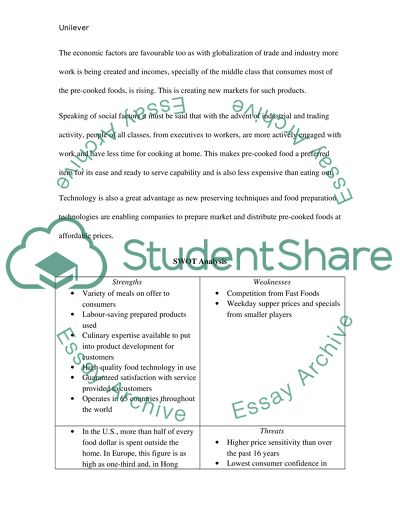Cite this document
(Situation Audit and Timeline for Unilever Food Solutions Report, n.d.)
Situation Audit and Timeline for Unilever Food Solutions Report. https://studentshare.org/finance-accounting/1548763-situation-audit-timeline-for-unilever-food-solution
Situation Audit and Timeline for Unilever Food Solutions Report. https://studentshare.org/finance-accounting/1548763-situation-audit-timeline-for-unilever-food-solution
(Situation Audit and Timeline for Unilever Food Solutions Report)
Situation Audit and Timeline for Unilever Food Solutions Report. https://studentshare.org/finance-accounting/1548763-situation-audit-timeline-for-unilever-food-solution.
Situation Audit and Timeline for Unilever Food Solutions Report. https://studentshare.org/finance-accounting/1548763-situation-audit-timeline-for-unilever-food-solution.
“Situation Audit and Timeline for Unilever Food Solutions Report”. https://studentshare.org/finance-accounting/1548763-situation-audit-timeline-for-unilever-food-solution.


